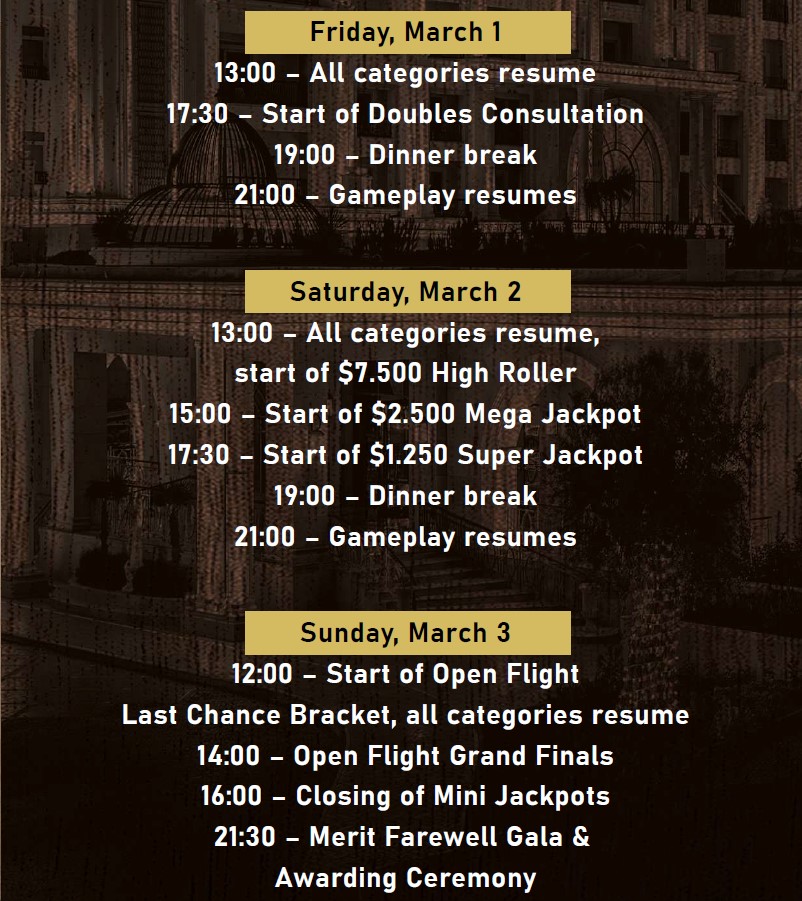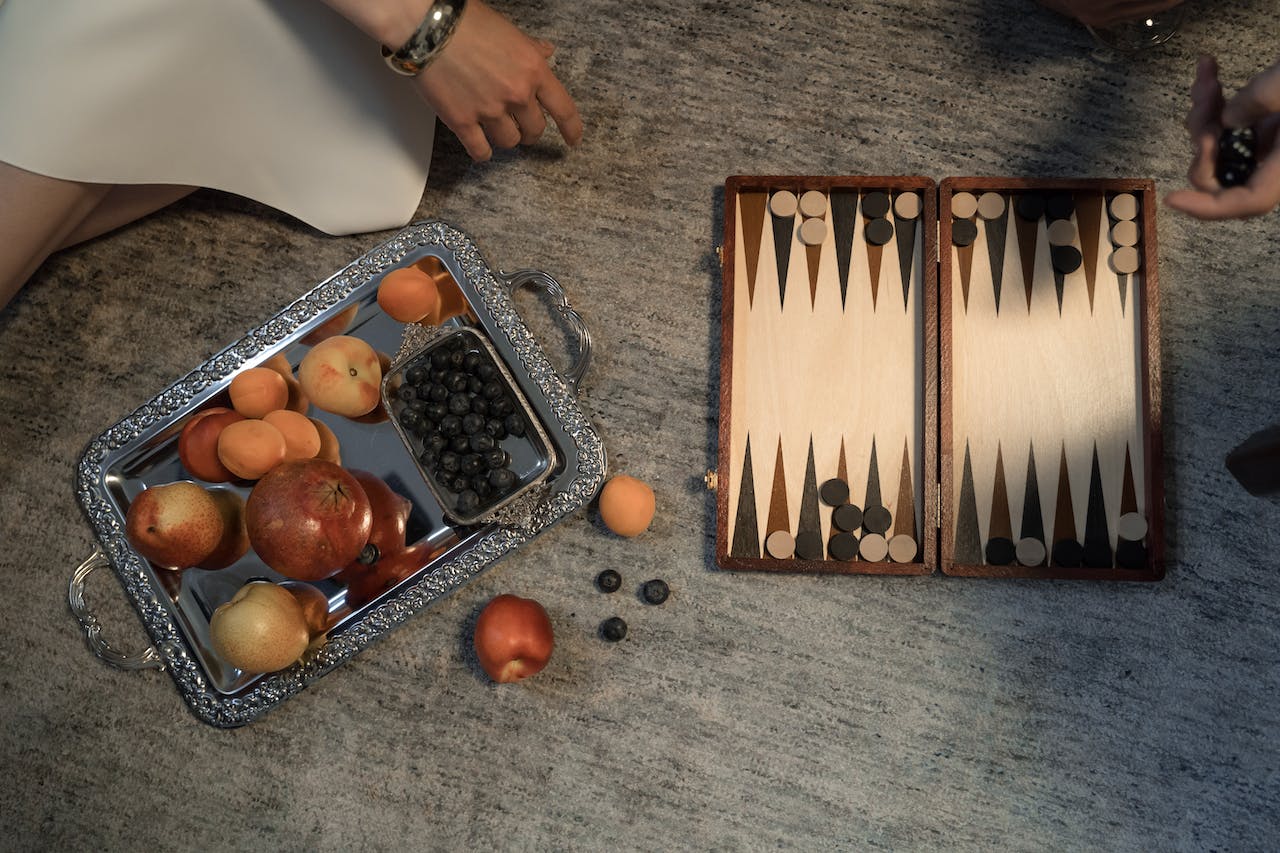Backgammon Championship 2024 - February 28 - March 03 - 50.000 Added Money Prize
Source: Pexels.com No Attribution Required
Merit Western series is end and it means the beginning of the next big one: Merit Poker Classic presents BACKGAMMON CHAMPIONSHIP 2024. Event will run FEB 28 - MAR 03 in North Cyprus with $50.000 Added money prize!
The Events are hosted at the next location: Merit Royal Diamond Hotel & Spa, North Cyprus
Backgammon is a two-player board game played with counters and dice on tables boards. It is the most widespread Western member of the large family of tables games, whose ancestors date back nearly 5,000 years to the regions of Mesopotamia and Persia.
The game looks complicated at first, but it’s surprisingly easy once you get the hang of it. Here are the basic steps to play the game:
1. Understand the backgammon board: Backgammon is played on a board that consists of 24 narrow triangles that are called points. The triangles alternate in color and are grouped into four quadrants of six triangles each. There are four types of quadrants: the player’s home board and outer board, and the opponent’s home board and outer board. The intersection of these four quadrants, the middle of the board, is separated by a ridge called the bar. The players sit facing each other at opposite sides of the board when they play. Each player’s home board is positioned on the right quadrant closest to the player. The home boards are opposite each other, and so are the outer boards, which are located in the left quadrant. Each player moves his checkers from the direction of the other player’s home board in a horse-shoe like fashion, in opposite directions (one player will move their pieces clockwise, and the other counter-clockwise), aiming to bring all of their pieces to their home board and bear them off (more on this later). The triangles are numbered from 1-24 in most of the Backgammon boards, with the 24th point being the furthest point from the player, and with 1 being the right most triangle on the player’s home court. The players must move their pieces from opposite sides of the board, so one player’s 1st point is the other player’s 24th point, one player’s 2nd point is the other player’s 23rd point, and so on.
2. Set up the board: Each player must set up his 15 checkers for the game to begin. The players’ checkers will be comprised of two distinct colors, traditionally white and red, or white and black but it can also be other colors. To set up the board, each player must place two checkers on their 24 point, three checkers on his 8 point, five checkers on his 13 point, and five more checkers on his 6 point. Remember that each player has his own numbering system, so the checkers will not overlap.
3. Roll a die to determine who goes first: The player who rolls the highest number will go first. If both players roll the same number, roll again. The numbers rolled will count as the first moves for the player with the highest number. For example, if one player rolled a 5 and the other rolled a 2, then the player who rolled the 5 would go first and use the 5 and 2 in lieu of a new dice roll.
4. Moving Your Checkers: The players take turns rolling two dice and moving their checkers around the board. The number of dots on each die dictate how many points the player can move his checkers. For example, if a player rolls a 5 and a 3, he can move one checker five spaces and another checker three spaces. The player can also choose to move one checker the total number of spaces shown on both dice. The player must move at least one checker with each roll, unless there are no legal moves available. If a player rolls doubles, he gets to move twice the number of spaces shown on the dice. For example, if a player rolls double 3s, he can move four checkers three spaces each, or two checkers six spaces each.
5. Hitting and Entering: If a player lands on a point with only one of the opponent’s checkers, the opponent’s checker is hit and placed on the bar. The player must then enter the opponent’s checker back into the game by moving it to an open point in the opponent’s home board. If the opponent has two or more checkers on a point, the point is blocked and cannot be landed on by the opponent’s checkers.
6. Bearing Off: Once a player has moved all of his checkers to his home board, he can begin bearing them off. A player bears off a checker by rolling a number that corresponds to the point on which the checker resides, and then removing the checker from the board. For example, if a player has a checker on the 6 point, he can remove that checker from the board by rolling a 6. If a player has a checker on the 1 point, he can remove that checker from the board by rolling a 1. The first play
The Programme:


Follow Merit on:
________
Poker in Las Vegas
Poker in Rozvadov
Poker in London
Poker in Paris
Poker in Bratislava
Poker in Barcelona
List of World Poker Events
More interesting and useful articles from the world of poker you can read in our blog. Also search for poker clubs in the country or city, get to know about upcoming poker tournaments or cash games at PokerDiscover.com
If you liked the article, don’t forget to share it with your friends

